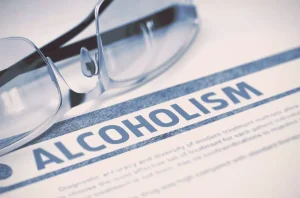
Agitation and seizures are controllable with benzodiazepines, phenothiazines, pentobarbital, and propofol. A beta-blocker such as propranolol can help to manage cardiac tachyarrhythmias. Consider intravenous nitroprusside (start at 0.5 to 1 mcg/kg per minute and titrate as needed) for severe hypertension. Intravenous fluid should be given as it counters hyperthermia, assists in maintaining renal function, and helps promote the elimination of amphetamine and its analogs. Concurrent use of amphetamine and serotonergic agents that inhibit CYP2D6 may increase amphetamine exposure and increase the risk of serotonin syndrome.
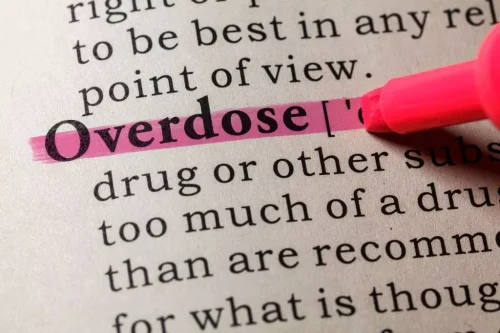
Dextroamphetamine-Amphetamine
- A less significant mechanism may include their ability to block the reuptake of catecholamines by competitive inhibition.
- Fenproporex is the world’s second most popular amphetamine-like anorectic medication 30,36, and its derivatives are used in the treatment of male-type obesity.
- To avoid withdrawal symptoms, take your medication exactly as your provider prescribed it to you.
- They are most often used to treat attention-deficit hyperactivity disorder (ADHD) and narcolepsy.
In 2020, about 5.1 million people in the United States reported misusing prescription stimulants, such as Adderall, within the past year. Reports indicate that children as young as eighth grade have misused prescription medications for ADHD. Doctors prescribe amphetamines for conditions such as ADHD, obesity, narcolepsy, and depression.
Methamphetamine Toxicity
There are case reports regarding the Takotsubo cardiomyopathy (TTC), also known as stress-induced cardiomyopathy, which is triggered by amphetamine overdose. In one case, a patient presented to the emergency department after ingesting 30 amphetamine salt tablets with symptoms of chest pain and shortness of breath. At the time of presentation, cardiac enzymes were elevated, the electrocardiogram was unremarkable, and ejection fraction (EF) was 25% to 30% with severe hypokinesis. However, 24 half life of amphetamines hours later, symptoms were resolved, and a repeated echocardiogram performed three days later showed an EF of 60% with no regional wall motion abnormalities. Overall, the therapeutic application of amphetamine-type stimulants continues to evolve, and further research is needed to fully understand their mechanisms of action, dosage requirements, and potential risks and benefits for various psychiatric disorders. Each patient is different, and each treatment with MAS may induce different results and TEAEs.
The Therapeutic Potential of Amphetamine-like Psychostimulants
A study of children receiving licit stimulants in the Netherlands found that 90% of them were diagnosed with ADHD 32. Medical use of stimulants is highest in North America (1 to 2 % of the population), and Australia, particularly the state of Western Australia (2.4%), with somewhat lower values in Europe (0.8 to 1.7%). This frequency of amphetamine use parallels regional differences in the prevalence estimates of ADHD 33. In 2004, 70% of the stimulant prescriptions for children in Western Australia were for d- amphetamine. However, as methylphenidate was approved for government subsidies in late 2005, its use has probably since increased 33. In 2000, the number of prescriptions for amphetamine exceeded eight million, a 1600% increase over nine years.
However, another study showed conflicting results, as the mean scores on the Fugl-Meyer motor scale were not significant for the amphetamine group compared with the placebo group. P-cresol can hinder myelination by obstructing myelin gene expression and differentiation 41. Furthermore, P-cresol can act as an inhibitor of dopamine beta-hydroxylase, affecting the dopaminergic system, with a single intravenous administration of P-cresol elevating the dopamine metabolism 41. In this context, it is important to note that dopaminergic dysfunctions play a central role in the pathophysiological mechanisms underlying PTSD 41. An abnormal dopamine level in the prefrontal cortex may contribute to the disruption of the top-down inhibitory control exerted by this region over the limbic regions, a key factor responsible for the occurrence of both intrusion and hyperarousal symptoms 41. When it comes to PTSD, modifications in gut microbiota have also been shown to enhance vulnerability to trauma by promoting the production of specific metabolites that influence various brain functions and systems 41.
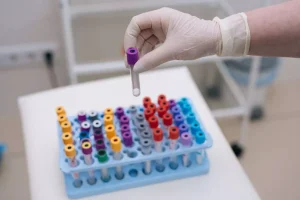
Why is this medication prescribed?
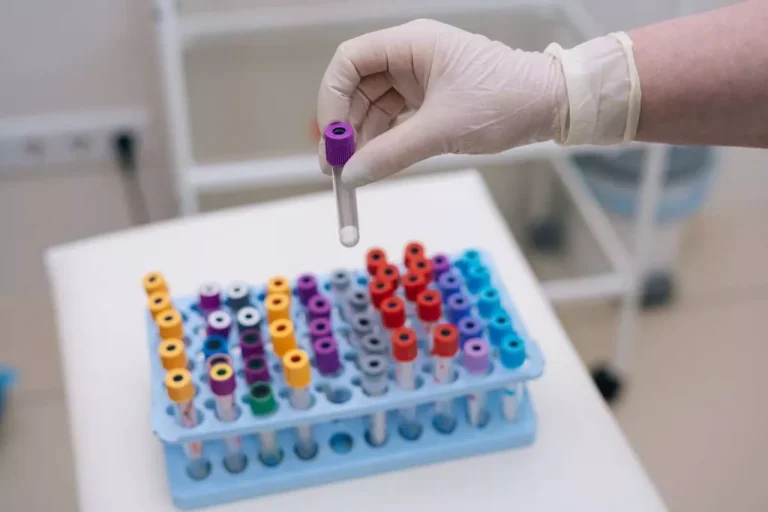
The half-life is not the only predictor of how long it will take Adderall to leave the body. In a person who has been taking Adderall for a long time, the drug may take longer to leave the body. Various factors, such as body size, age, and metabolism, affect how long Adderall stays in the system.
- Because they are the primary people dispensing medications, they can watch for falsified prescriptions or drugs that people refill too often.
- Extended-release capsules should be swallowed whole (without chewing), or the entire capsule may be sprinkled on food and consumed immediately.
- For 110 years, amphetamine was thought to be a human invention, but the compound was found in 1997, along with methamphetamine, nicotine and mescaline, within two species of Texas acacia bushes 3, 4.
However, reports in the literature indicate that it was used as a tranquillizer in 1960 and as an appetite suppressant 25. Several studies have suggested that this compound has potential if used as an adjunct to psychotherapy for depression 27,28. Amphetamines are very powerful drugs that affect your central nervous system and how your brain interacts with your body.
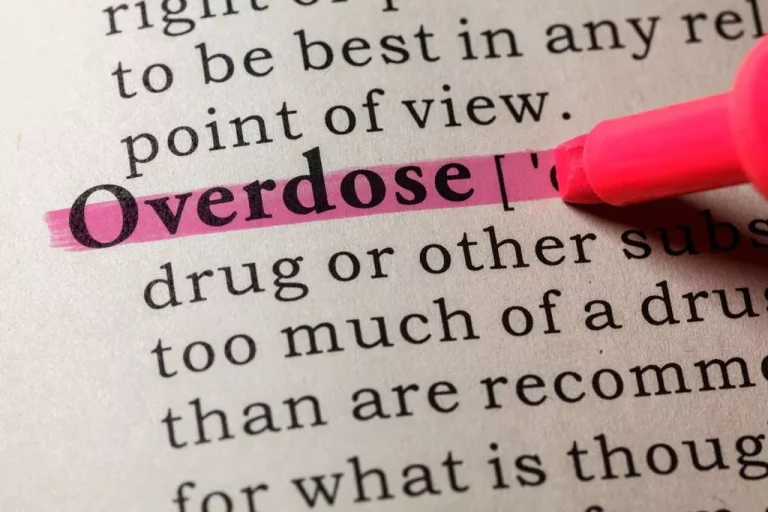
Potential Adverse Effects of Amphetamine Treatment on Brain and Behavior: A Review
Smoking, snorting and injecting offer the quickest routes for delivering amphetamines into the bloodstream. These methods also tend to produce effects that only last a short while compared to pill form. Overall, the quicker the drug effect, the shorter the “high,” the faster the body can eliminate amphetamines from the system. On average, up to 90 to 95 percent of amphetamines leave your system after four half-life cycles. This means, 90 to 95 percent of amphetamine materials leave your system within eight to 48 hours provided you’re in good health. Over time, a person may become less responsive to their original dose of Adderall, causing them to use more of the drug.
Thepeak effectsof amphetamines occur 1 to 3 hours after a person takes them by mouth, and effects last for as long as 7 to 12 hours. According toJohns Hopkins Medicine, the half-life for the popular amphetamine Adderall is 9 hours for the immediate-release version and hours for its extended-release version. Once people have completely discontinued using the amphetamines, they normally want to know how long it will take for the drugs https://ecosoberhouse.com/ to be removed from their systems.
Amphetamine may cause side effects. Tell your doctor if any of these symptoms are severe or do not go away:
So, how long do amphetamines stay in your system depends on your body’s pH level at any given time. Legal amphetamines come in prescription form, many of which can be more potent than the illegal forms of the drug. Hopefully, after reading this article, you now have a clearer idea as to how amphetamines and drug tests work, and what you can do to get your body to process the drug safely and fast. According to the American College of Neuropsychopharmacology, the average amphetamine half life is hours. If you’ve taken an amphetamine recently—whether illegally or by prescription—you might be wondering, “How long do amphetamines stay in your system? ” The answer to this question will be especially important to know if you need to take (and pass) a drug test soon.
